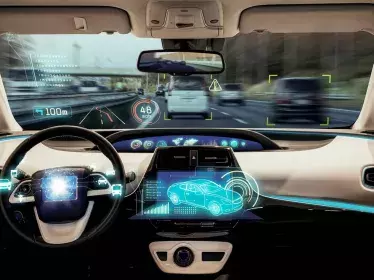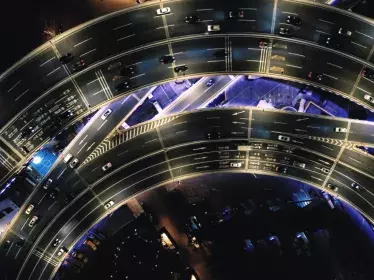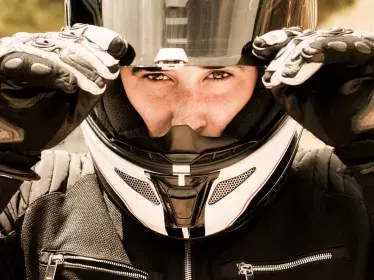Too long regarded as reserved for big, luxury saloon cars, passive safety is now integrated into all car production. Safety is a major concern for manufacturers and we are now seeing the most advanced developments.
What is the difference between active and passive safety?
Active safety is made up of safety elements to prevent a road accident. Obviously, the driver's vigilance is still essential, but sometimes the accident is unavoidable. Passive car safety aims to protect all occupants and minimise severity and personal injury. It is essentially based on the ability of its chassis to absorb energy during an impact by deformation.
The structure
You've probably seen a crash test video. The front bonnet transforms into a kind of concertina. The aim is for the chassis to absorb the energy of the impact by reducing the violence of the impact on occupants while keeping the passenger compartment as intact as possible. The doors and roof are reinforced with protective bars.
Other devices
- Seat belts have been compulsory since 1975 at the front seats and since 1991 for all passengers. They can also be fitted with pyrotechnic pre-tensioners that lock the occupants to the seats in the event of an impact, then gradually release the tension to accompany the deceleration of the torso and head. They act to prevent passengers from being ejected from the vehicle.
- Airbags reduce any impact between an occupant and an interior part of the interior. You find them in different places to protect different parts of the body.
- The headrests protect against whiplash injuries.
- The side and rear windows are made of toughened glass. This highly resistant construction minimises projection in the event of breakage. The glass breaks into smaller pieces, which are less likely to cause large wounds. The windscreen and sunroof are made of laminated glass to avoid glass splinters.

- The steering column is now made up of several components so that it can never injure the driver in the event of a frontal impact.
- The roll cage in convertibles provides protection in the event that the car rolls.
No cars, large or small, leave the factory without these safety features. Regardless of the budget allocated to your car, you will have these essential elements at your disposal. There is no question of the automotive industry risking your life to save money.






